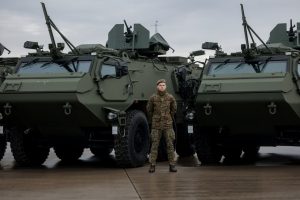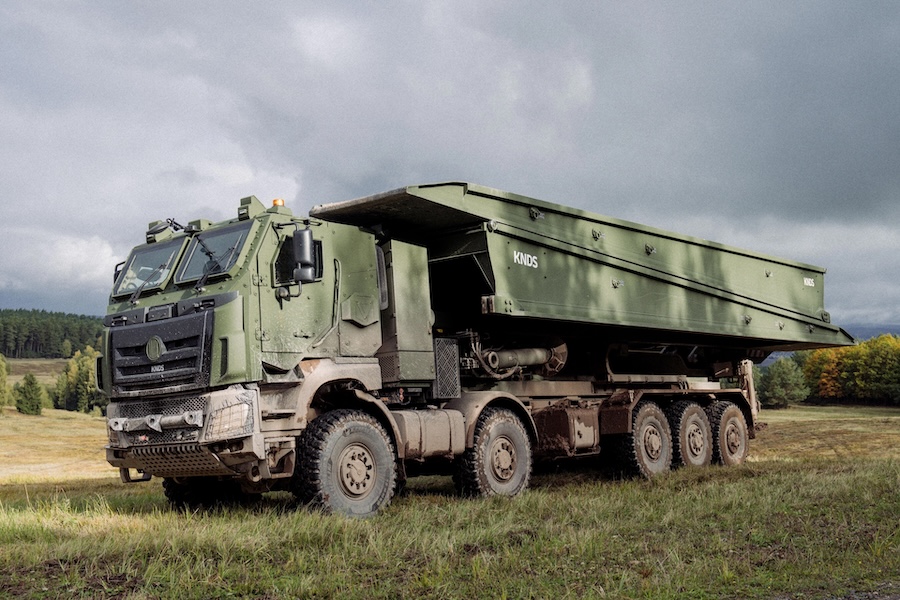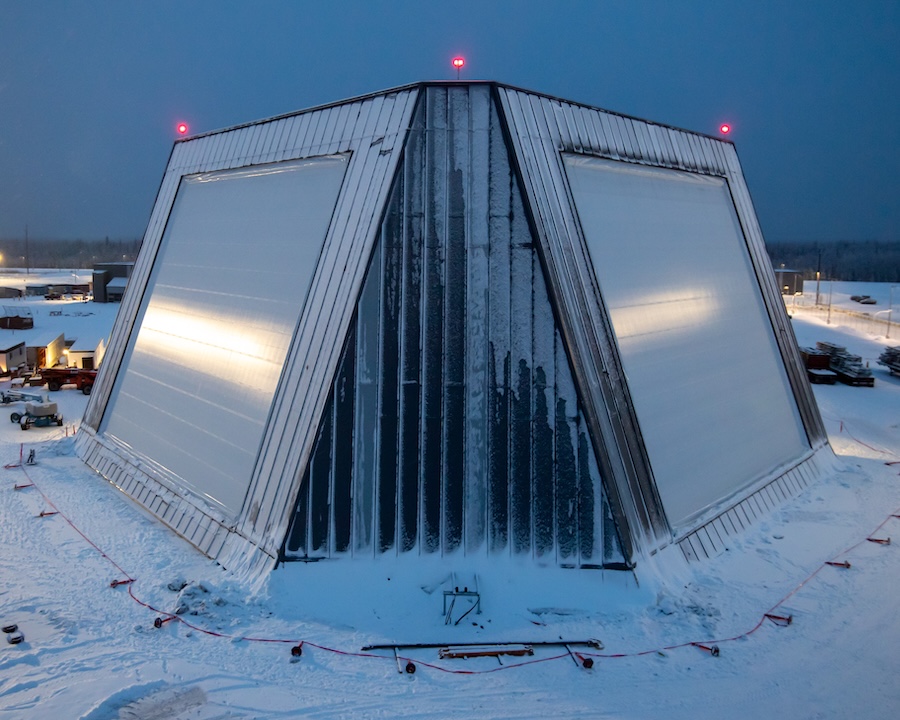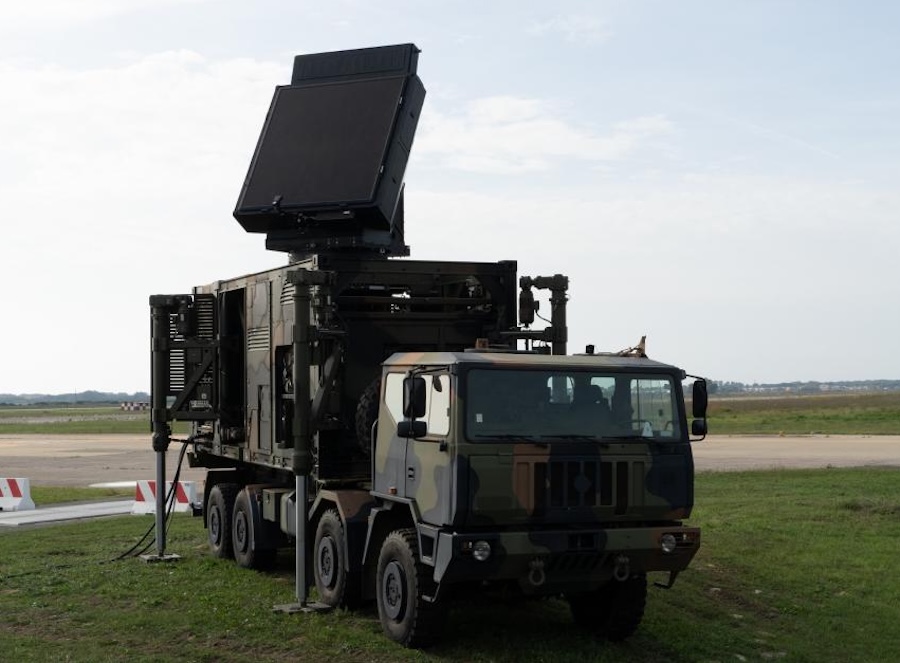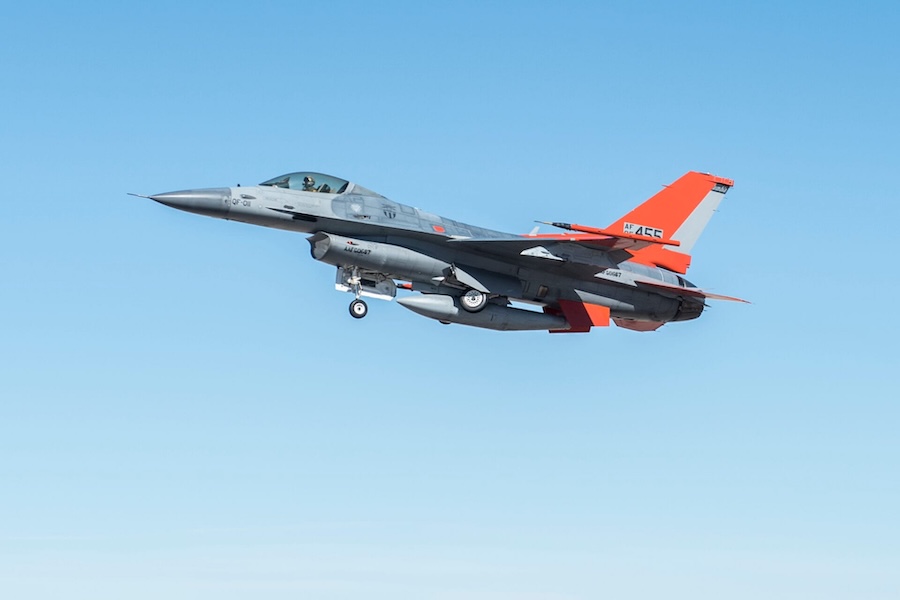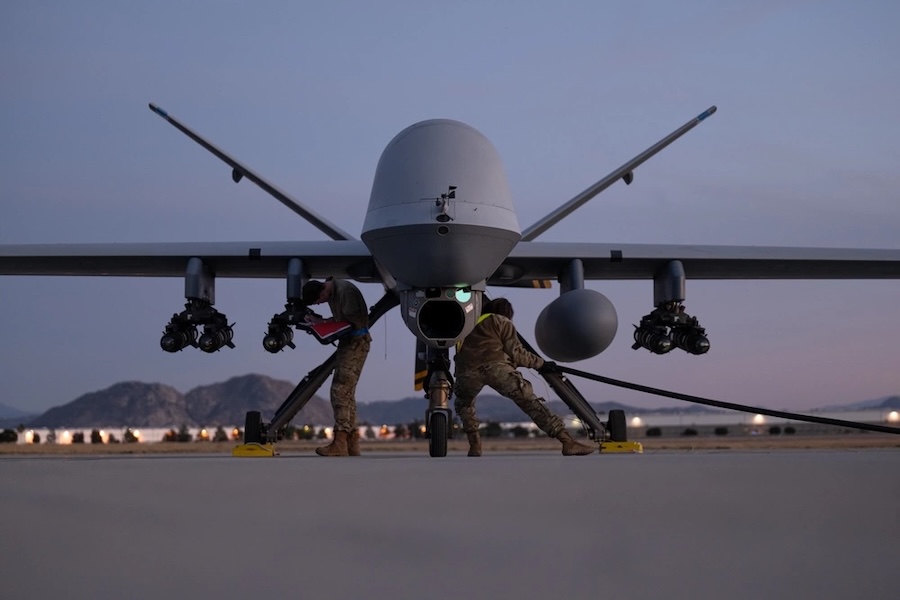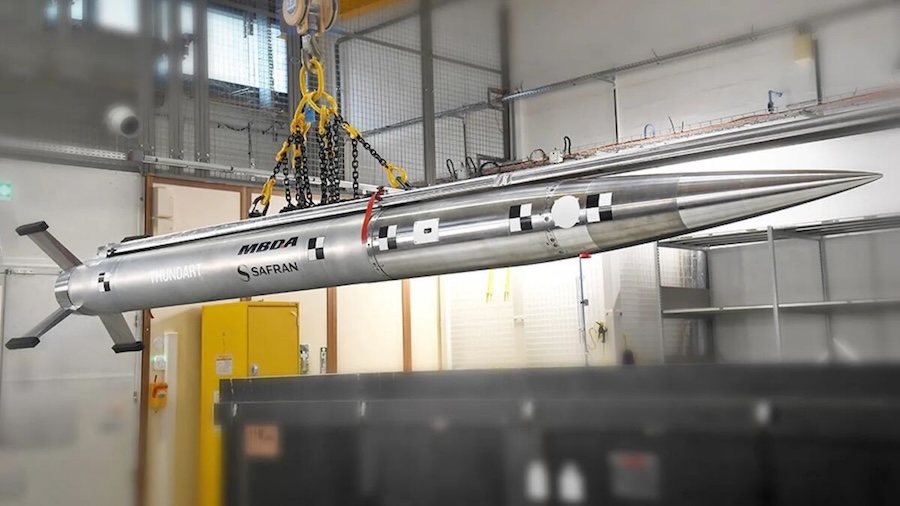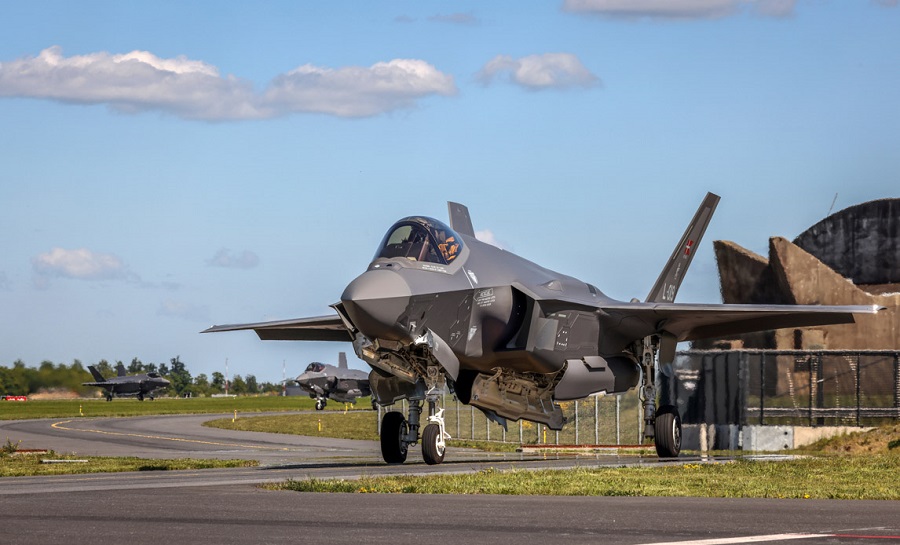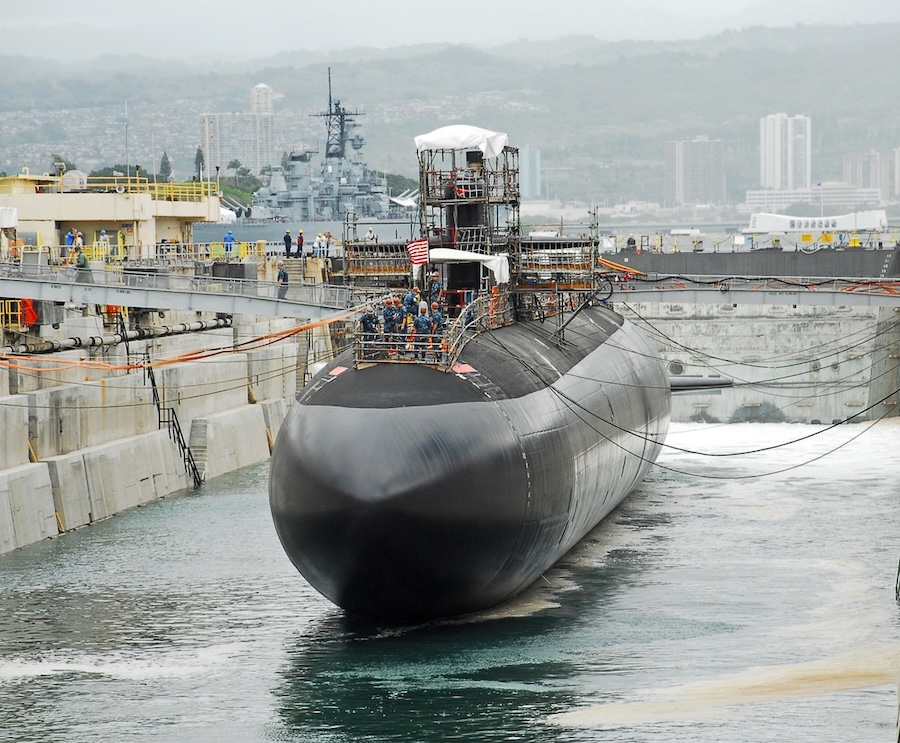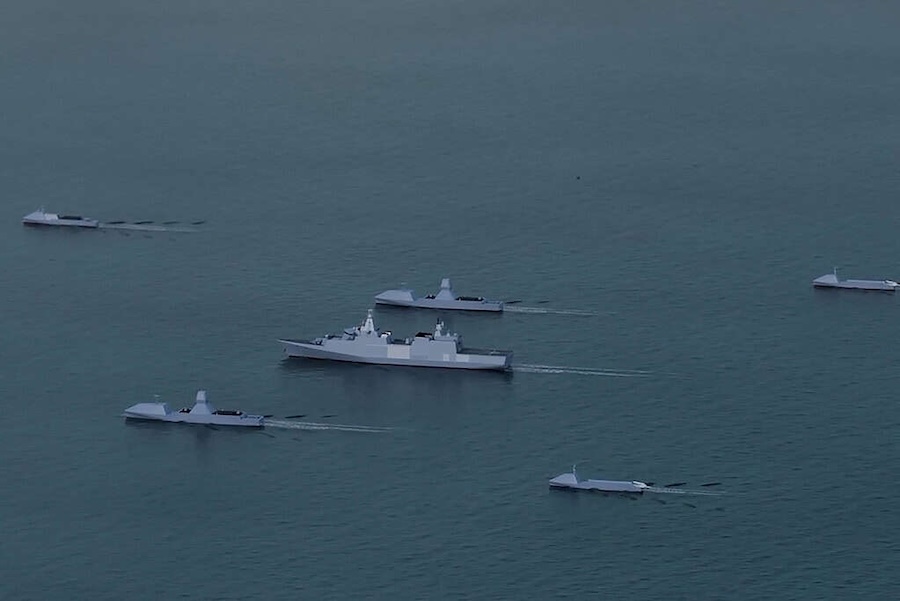The Swedish Defence Materiel Administration (FMV) described the signing as a milestone in Nordic-Baltic defence cooperation and said that Estonia, Finland, Lithuania, the Netherlands, Norway and Sweden had entered a technical arrangement to enhance collaboration on the CV90 system. FMV noted that the vehicle is known in Sweden as Stridsfordon 90 and that this step followed a Statement of Intent signed earlier in the year by the nations’ defence ministers to pursue a possible joint procurement.
FMV stated that the participating countries’ CV90 fleets would together form a significant capability within NATO and strengthen deterrence and readiness across the region. The agency also emphasised that by cooperating, the nations aim to reduce costs, secure optimal deliveries and improve maintenance efficiency for the system.
“This is an important step in the work on a joint procurement of additional CV90 vehicles. A shared vehicle system increases the opportunities for cooperation between our countries’ armed forces in both maintenance and long-term development of the system,” said Acting Director of Defence Materiel Eva Hagwall. She added that collaboration on large-scale defence acquisitions is essential for building a stronger and more cohesive defence among allied nations.
Finland highlighted similar priorities in its national statement on the agreement. “The forthcoming combat vehicle procurement is in line with the Defence Report. In Finland, the procurement is connected to developing infantry firepower and mobility, replacing equipment being withdrawn from service and increasing the number of combat vehicles in the current threat environment. Joint procurements aim for volume benefits, compatibility, interoperability and security of supply as well as maintenance advantages,” said Minister of Defence Antti Häkkänen. The countries indicated that these shared objectives underpinned their continued cooperation.
CV90 vehicles are already in service in ten European states, and the variant under consideration would match that selected by three of the partners and share core characteristics with vehicles used in five others. The aligned approach is intended to support interoperability, operational cohesion and long-term sustainment across national fleets.
The arrangement is not legally binding but enables deeper cooperation between the six countries and supports collective development of the CV90 system. It follows the Statement of Intent signed on 5 June 2025, which committed the partners to explore and prepare for a possible joint acquisition of the CV90 platform.







